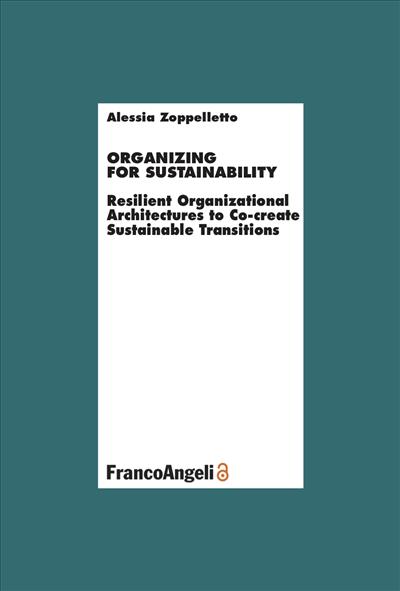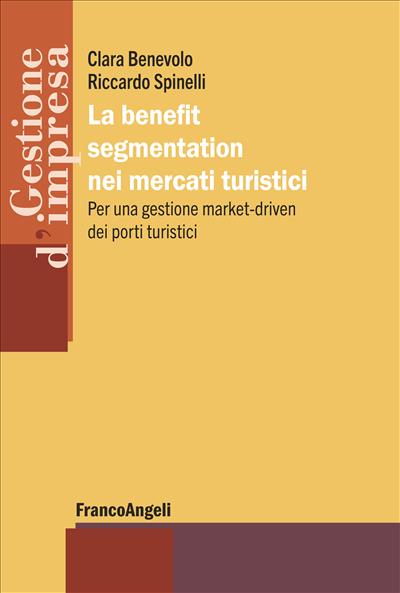
Organizing for Sustainability
Resilient Organizational Architectures to Co-create Sustainable Transitions
Today’s world faces grand challenges, such as climate change, social inequality, and environmental degradation. Addressing these complex issues calls for collaborative approaches among diverse stakeholders. Traditional, incremental company-level changes are inadequate. This book explores how companies adapt their organizational architectures to embark on sustainable transitions, analyzing three longitudinal case studies to identify best practices for achieving sustainable future scenarios.
Pagine: 120
ISBN: 9788835168232
Edizione:1a edizione 2024
Codice editore: 10365.57
Informazioni sugli open access




